Introduction
Cured fish, known as lá yú (腊鱼) in Chinese cuisine, is a time-honored preservation method that transforms freshwater fish into a flavorful, shelf-stable delicacy. Among the many fish varieties used for this purpose, grass carp (Ctenopharyngodon idella) stands out as a favorite due to its firm texture, mild flavor, and ability to absorb seasonings without becoming overly salty. The process of curing grass carp involves a delicate balance of salt, spices, and time, resulting in a product that is both a culinary treasure and a nod to ancestral food wisdom. This article explores the traditional technique for curing grass carp into lá yú, offering insights into selecting ingredients, preparing the brine, and executing each step with precision. Whether you aim to revive a family recipe or discover the joys of artisanal food preservation, this guide will equip you with the knowledge to create authentic Chinese cured fish.
Selecting the Ideal Grass Carp
The foundation of exceptional lá yú begins with sourcing the freshest grass carp. Look for live fish weighing between 5 to 7 pounds (2.3–3.2 kg), as smaller specimens may lack the flesh density needed for optimal curing, while larger ones could develop a coarse texture. The fish should exhibit clear eyes, bright red gills, and a metallic sheen on the scales—all indicators of freshness. If live fish are unavailable, opt for freshly filleted grass carp from a reputable supplier, ensuring the meat is firm, odorless, and free of discoloration.

Preparing the Fish for Curing
1 Cleaning and Scaling
Start by scaling the fish thoroughly using a scaling tool or the back of a knife. Work from tail to head to remove all scales, as residual scales can harbor bacteria and impart an off-flavor. Rinse the fish under cold water, then gut it by making a shallow incision along the belly and removing the internal organs. Rinse the cavity again to eliminate any blood or debris.
2 Cutting the Fish
Traditional lá yú recipes often call for curing the fish whole to retain moisture and shape. However, filleting the fish into 1.5-inch (3.8 cm) thick steaks can expedite the curing process and simplify portioning. If opting for whole fish, make three to four diagonal slashes on each side to allow the brine to penetrate evenly. For fillets, ensure each piece is uniform in thickness to promote consistent curing.
Crafting the Curing Brine
The brine is the soul of cured fish, imparting flavor and inhibiting microbial growth. A typical ratio for grass carp is 3–5% salt by the fish’s weight, adjusted based on climate (saltier brines are preferred in humid regions). For a 6-pound (2.7 kg) fish, combine:
- 1 cup (300 g) coarse sea salt
- ½ cup (100 g) brown sugar (for caramelization and moisture retention)
- 2 tablespoons Sichuan peppercorns (toasted and ground for aromatic complexity)
- 4 star anise pods (crushed)
- 2 cinnamon sticks (broken into pieces)
- 1 tablespoon fennel seeds (optional, for sweetness)
- ½ cup (120 ml) Shaoxing wine (or dry sherry, for umami depth)
1 Preparing the Spices
Toast Sichuan peppercorns, star anise, and fennel seeds in a dry pan over low heat until fragrant. Grind them coarsely using a mortar and pestle or spice grinder. This step releases essential oils, enhancing the brine’s aromatic profile.
2 Mixing the Brine
In a large bowl, combine salt, sugar, ground spices, and Shaoxing wine. Stir until the mixture resembles wet sand. For a wet brine, dissolve the salt in 4 cups (1 liter) of water, then add the remaining ingredients. However, a dry rub is traditional for lá yú, as it adheres better to the fish and allows for precise seasoning.
Applying the Brine
1 Rubbing the Spice Mixture
Generously coat the fish with the dry brine, ensuring every nook and cranny—including the cavity and slashes—are covered. For fillets, layer them in a non-reactive container (glass or ceramic), sprinkling brine between each layer. If curing whole, place the fish in a large dish and massage the brine into the flesh, paying special attention to the slashes.
2 Curing Time and Temperature
Cover the container and refrigerate for 24–48 hours, flipping the fish every 12 hours to redistribute the brine. Shorter curing times yield a milder flavor, while longer periods (up to 72 hours) result in a saltier, more intensely seasoned product. Monitor the fish for texture changes: the flesh should feel firm but not rigid.
Rinsing and Air-Drying
1 Rinsing Excess Salt
After curing, rinse the fish under cold water to remove surface salt. Pat it dry with paper towels or a clean cloth. Over-rinsing can leach flavor, so aim to strike a balance between salt removal and retaining seasoning.
2 Hanging to Dry
Thread twine through the fish’s eyes or gills (for whole fish) or use hooks to suspend fillets in a well-ventilated area. Ideal drying conditions are 50–60°F (10–15°C) with 60–70% humidity. Avoid direct sunlight, as it can cause the fat to oxidize and develop off-flavors. Allow the fish to dry for 3–7 days, depending on thickness and climate. The fish is ready when the surface is leathery, the flesh yields slightly to pressure, and a reddish-brown patina forms.
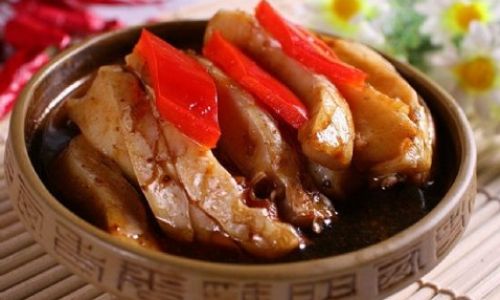
Optional Smoking Step
For a smokier lá yú, cold-smoke the dried fish for 4–6 hours using fruitwoods like apple or cherry. Maintain a temperature below 90°F (32°C) to prevent cooking the flesh. Smoking imparts a depth of flavor while further preserving the fish.
Storage and Aging
Once dried, wrap the fish in parchment paper or cheesecloth and store it in a cool, dark place (50–60°F/10–15°C). Aging for 2–4 weeks mellows the saltiness and concentrates the umami. For long-term storage, vacuum-seal portions and freeze for up to 6 months.
Cooking and Serving Suggestions
1 Steaming
Steam whole lá yú over a bed of ginger, scallions, and Shaoxing wine for 20–25 minutes. Serve with rice and a drizzle of chili oil.
2 Pan-Frying
Slice the fish into thin strips, coat in cornstarch, and pan-fry until crispy. Garnish with cilantro and serve with lemon wedges.
3 Stir-Frying
Add cured fish to stir-fries with vegetables like bok choy or bell peppers. The fish’s saltiness balances the sweetness of the vegetables.
Troubleshooting Common Issues
- Mushy Texture: Over-curing or inadequate drying. Ensure the fish is firm before storage.
- Off-Flavors: Use fresh fish and avoid high humidity during drying.
- Mold: Wipe mold with vinegar and increase airflow. Discard if mold persists.
Regional Variations
While the core technique remains consistent, regional adaptations abound:
- Sichuan: Add crushed chili peppers and Sichuan pepper for a numbing heat.
- Hunan: Incorporate fermented black beans and garlic for pungency.
- Guangdong: Use rose wine and star fruit leaves for a floral aroma.
Conclusion
Curing grass carp into lá yú is a labor of love that bridges generations, preserving not just fish but also the stories and traditions of those who came before. By mastering the interplay of salt, spice, and time, you unlock a culinary gem that elevates humble ingredients into a feast for the senses. Whether enjoyed during Lunar New Year celebrations or as a weeknight indulgence, homemade cured fish is a testament to the enduring magic of artisanal food craft. So, gather your ingredients, embrace the rhythm of the cure, and savor the reward of your patience—one succulent bite at a time.
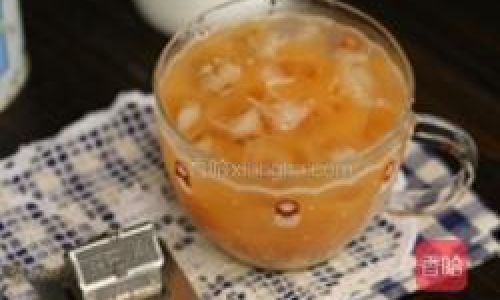
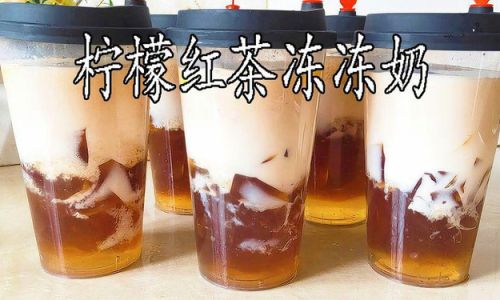

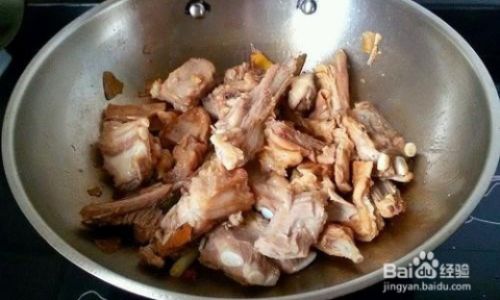
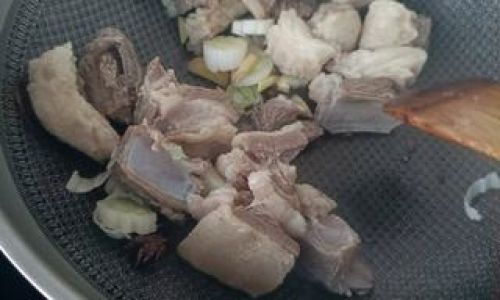
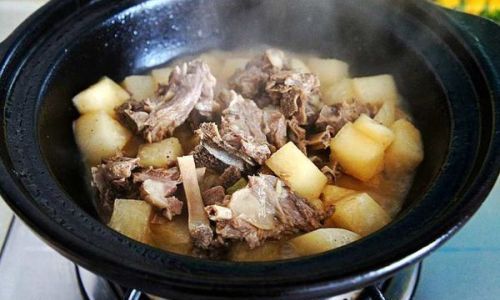
0 comments